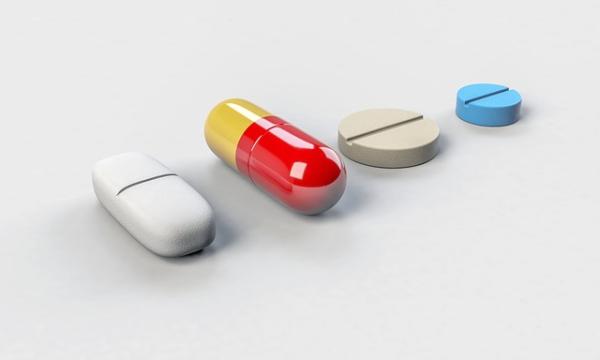The pills and tablets we take contain two groups of ingredients. First, of course, it includes the active pharmaceutical ingredient (API), the specific medicine we are taking. But the larger component of that pill, tablet or capsule are the inactive ingredients, excipients, that provide better absorption, stability, taste, appearance or tamper resistance. These agents offer no therapeutic property, but may, just maybe some unintended biologic response.
Excipients must go through an FDA process for approval so that many of the approved agents are used in a multiplicity of drugs; a recent review article took a deeper dive into excipients, which often account for 70% or more of the medications total size. In one review of 1900 drugs, inactive ingredients were more than double the API. When you consider that so many of us, taking medications for chronic illness, may ingest five or more pills during the day, the excipient load, as it were, can amount to upwards of 3 grams daily – roughly a tenth of an ounce.
- On average, medications contains 8.8 inactive ingredients.
- Many of these inactive ingredients are used in many drugs, others in just a few or even one.
- Combining inactive ingredients with APIs generate a multiplicity of “versions.” There are 82 different formulations for each of the most 18 prescribed APIs in the United States. On average, each API can be associated with 23 formulations.
- Adverse reactions to excipients can rarely cause allergic reactions ranging from rashes to bronchospasm to anaphylaxis. Excipients can also cause more benign, “intolerances,” e.g., stomach or GI distress, which, in the authors view, may, in turn, reduce a patient’s motivation to keep taking the medication.
- Thirty-eight excipients are recognized allergens. The authors estimate from a comprehensive drug database (The Pillbox) that more than 90% of API formulations contain at least one potential allergen. In other terms, only 12% of formulations are free of all these ingredients.
Should you be concerned?
Probably not. Consider lactose, 75% of the global population has some degree of lactose intolerance and 45% of our oral medications contain some amount of lactose. While most individuals will ingest amounts of lactose too small to elicit an allergic response, for a very few of us, with extreme lactose intolerance, finding the right formulation of medication may be an issue. For allergens that are associated with more severe reactions, like the peanut oil found in valproic acid, a medicine used to treat epilepsy, there are specific warning labels. For the gluten-free crowd, 70% of manufacturers claim to be gluten-free, 17% could document that claim, and the FDA is considering labeling products gluten content.
The authors conclude:
“Recognizing that the inactive portion of a medication, … may be more “active” than previously anticipated, we foresee potential implications for medical protocols, regulatory sciences, and pharmaceutical development of oral medications.”
From a clinical point of view, if you are having some difficulties in taking necessary and chronic medications, perhaps it is worth trying a different formulation. Pharmacists are the best source of information and working with your physician can help find a better way to make the medicine go down.
Source: Inactive Ingredients in Oral Medications Science Translational Medicine DOI: 19.1126/scitranslmed.aau6753




